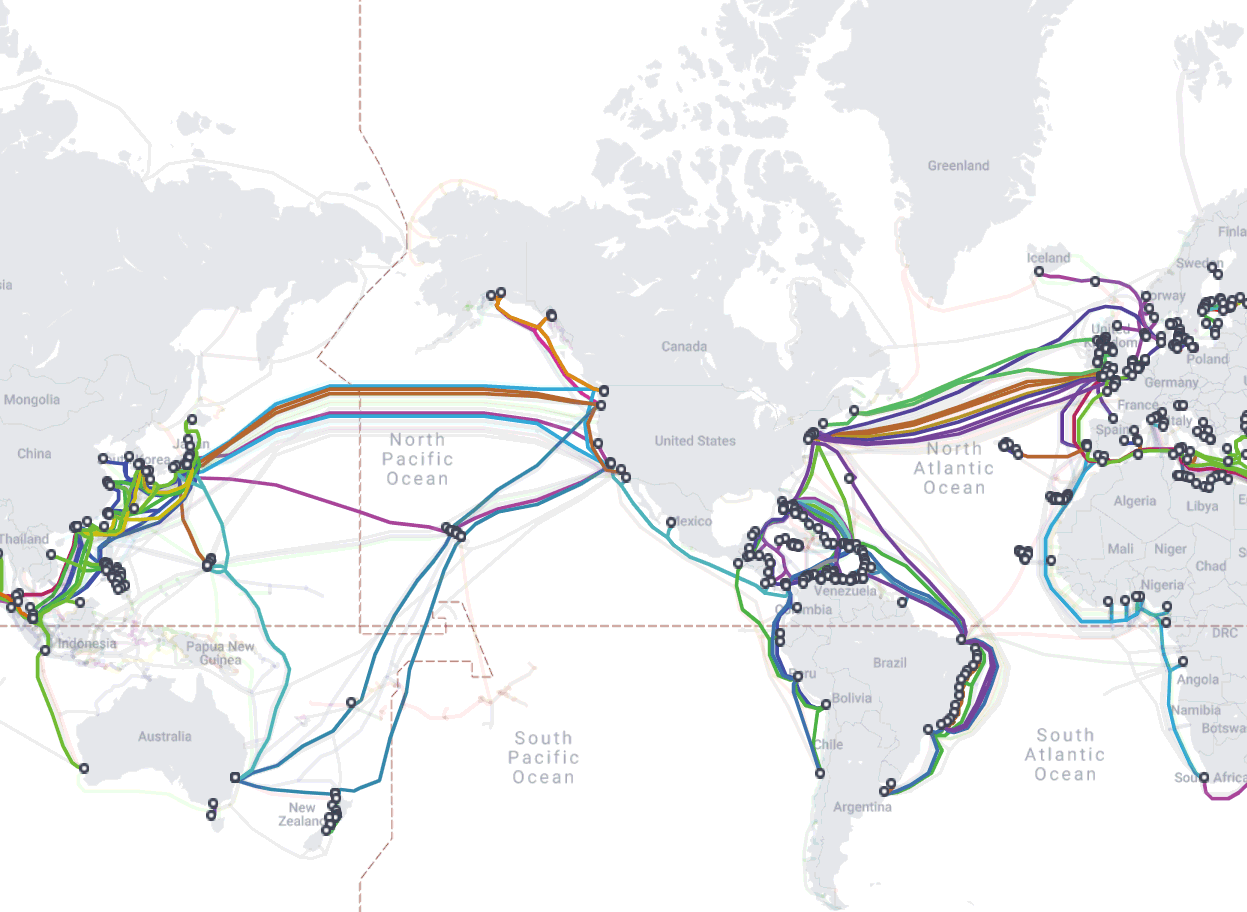
Can internet access lead to improved economic outcomes?
The Infra4Dev Conference, jointly organised by the World Bank and the International Growth Centre on March 3rd-4th 2022, brought together the academic and policy-making community to exchange knowledge and insights regarding the roles that infrastructure can play in catalysing development. Professor Jonas Hjort (Columbia University and University College London) provided the framework presentation on our current state of knowledge regarding how internet penetration affects economic development.
The world before the internet was very different from today. Over the past 40 years, there has been a steady rise in key economic development indicators across much of the developing world. GDP growth has coincided, among other things, with rapid expansion of internet connectivity, which picked up in the 1990s. Roughly half the world today uses the internet, including over one-third of Africans and nearly a quarter of South Asians – while access has accelerated in low-income countries (LICs). Worldwide there are 14 broadband subscriptions per 100 people.
As we can see in this animated GIF, the globe is now tightly wrapped in a complex, growing web of submarine cables that link up even its most remote corners.
Submarine cable map, 2002 vs 2022
 Source: Our World in Data’s most recent data & submarinecablemap.com
Source: Our World in Data’s most recent data & submarinecablemap.com
Given the growing focus on internet infrastructure development and telecoms regulatory reform of LICs’ governments – from Cambodia to Ethiopia – policymakers and academics are grappling with urgent policy questions: Can internet access drive economic development? What mechanisms underpin the relationship between the two? And what does this mean for policy?
Unpacking the internet-and-development nexus
Theoretically internet access can drive economic development through its impacts on both the supply-side and the demand-side of an economy.
- Digital connectivity can directly affect the productivity of firms, workers, and other inputs in the production process. For example, access to internet-based technologies could help workers carry out tasks more rapidly and to higher standards of quality.
- On the demand side, an internet connection may impact sellers and buyers’ ability to access markets and the availability and quality of information on products and services being traded. For example, e-commerce may allow firms to make their products accessible to a much larger pool of consumers than what would have been possible without internet, especially in rural and remote regions.
A growing body of empirical research from developing countries has been investigating how these forces play out. We summarise some of the key findings below.
In many contexts, internet access appears to improve the productivity of workers and firms
There is growing evidence suggesting that internet technologies can increase workers’ productivity. When internet infrastructure expands in developing regions of the world, workers are often more likely to gain higher wages or find employment. A few studies also highlight interesting distributional effects of internet access. In Vietnam, Brazil, and Nigeria, research findings suggest that female workers’ labour market outcomes especially improve when firms use more ICT. A few studies also find especially beneficial impacts in rural areas. The productivity gains of internet appear to vary considerably across different contexts.
Secondly, findings are mixed on whether internet connectivity plays a role in building skills – a driver of worker productivity. Research from six African countries shows that firms benefitting from an internet connection are more likely to provide on-the-job training, which can lead to the “upskilling” of workers. On the other hand, the effect of internet access on students’ academic achievements is mixed. In Malawi, a recent study shows pupils with (randomised) access to Wikipedia had higher test scores, likely through providing greater access to information and improving English language skills. However, studies from Brazil and Peru find no impact of internet connectivity on educational attainment.
On firm-level productivity, internet access also seems to improve companies’ ability to leverage intangible technologies, such as organisational practices or management, to achieve better performance. Limited or no evidence is available on internet-mediated adoption of physical technologies – such as a machine or a specific material – and on the degree to which internet impacts firms' organisational and production structure, such as offshoring production.
Connectivity can increase demand for goods and services by improving market access and information
On demand-side mechanisms, internet connectivity has been found to improve access to markets. Several studies find suggestive evidence that firms with better internet connectivity export and sell more. A new study finds convincing evidence that a government program that built high-speed internet infrastructure in rural areas of Colombia led to increased exporting by firms operating in these areas (Henning, 2022). However, research from China shows that e-commerce platforms may be increasing consumption inequality.
There is also evidence that internet access can reduce price dispersion and uncertainty over product quality, by enabling firms and consumers to pick their trading partners among a wider set of options.
Does internet access ultimately improve wellbeing?
Evidence on internet’s ultimate impact on welfare remains scarce. A few studies find that internet-enabled technologies, such as mobile money in Kenya, have reduced consumption poverty and increased incomes. Five studies have shown evidence that the gradual expansion of submarine internet cables and other internet infrastructure has increased incomes and consumption in Africa.
Recent evidence shows, however, that subsidising non-users in areas that already have relatively good internet connectivity appears to be an ineffective policy option. In Kenya, an experiment found that offering data packages to individuals who already had a phone contract, but did not use data, had limited effects on consumption, employment, and a range of other outcomes. Interestingly, in the US, subsidising internet access in contrast increased earnings and employment among low-income families. More research is needed to understand whether (and if so, how) policies aimed at encouraging use can be as effective as some forms of internet infrastructure appear to be.
An ambitious and policy-relevant research agenda ahead
Thanks to a growing body of research, we know today that internet access appears to lead to greater economic activity and other beneficial economic impacts in many, though not all, developing country contexts.
More data and studies from a wider breadth of geographies and methodologies will be crucial to better understand how these dynamics play out and under what conditions, so as to extract practical lessons that policymakers can leverage in their reform agendas.
This blog has been co-published with the World Bank.

